
Top companies trust Airbyte to centralize their Data







Sync your Data
Ship more quickly with the only solution that fits ALL your needs.
As your tools and edge cases grow, you deserve an extensible and open ELT solution that eliminates the time you spend on building and maintaining data pipelines
Leverage the largest catalog of connectors
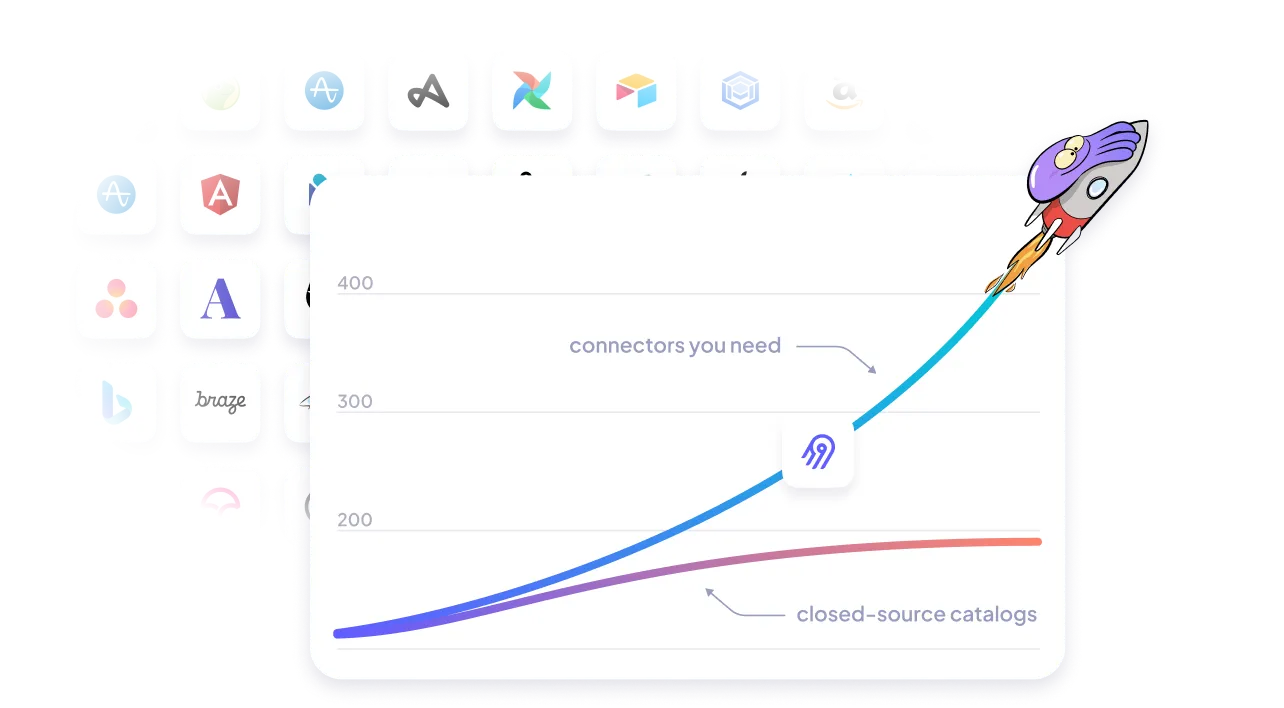
Cover your custom needs with our extensibility
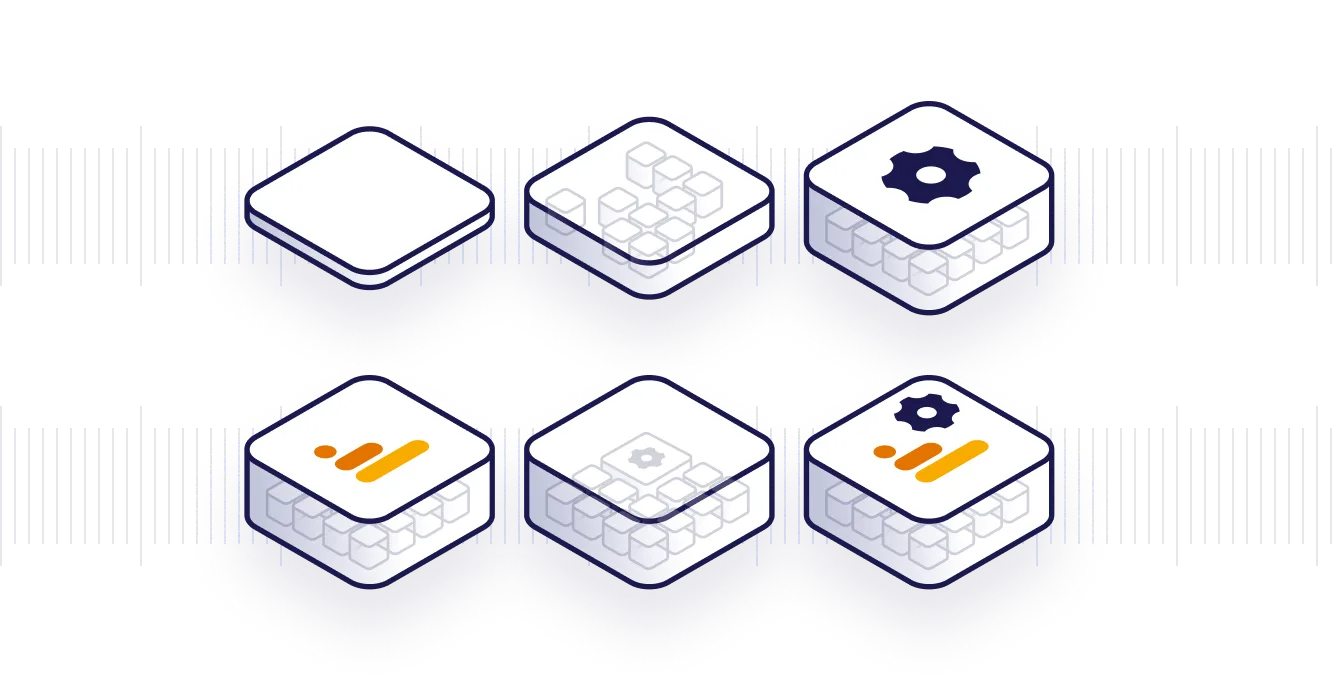
Free your time from maintaining connectors, with automation
- Automated schema change handling, data normalization and more
- Automated data transformation orchestration with our dbt integration
- Automated workflow with our Airflow, Dagster and Prefect integration
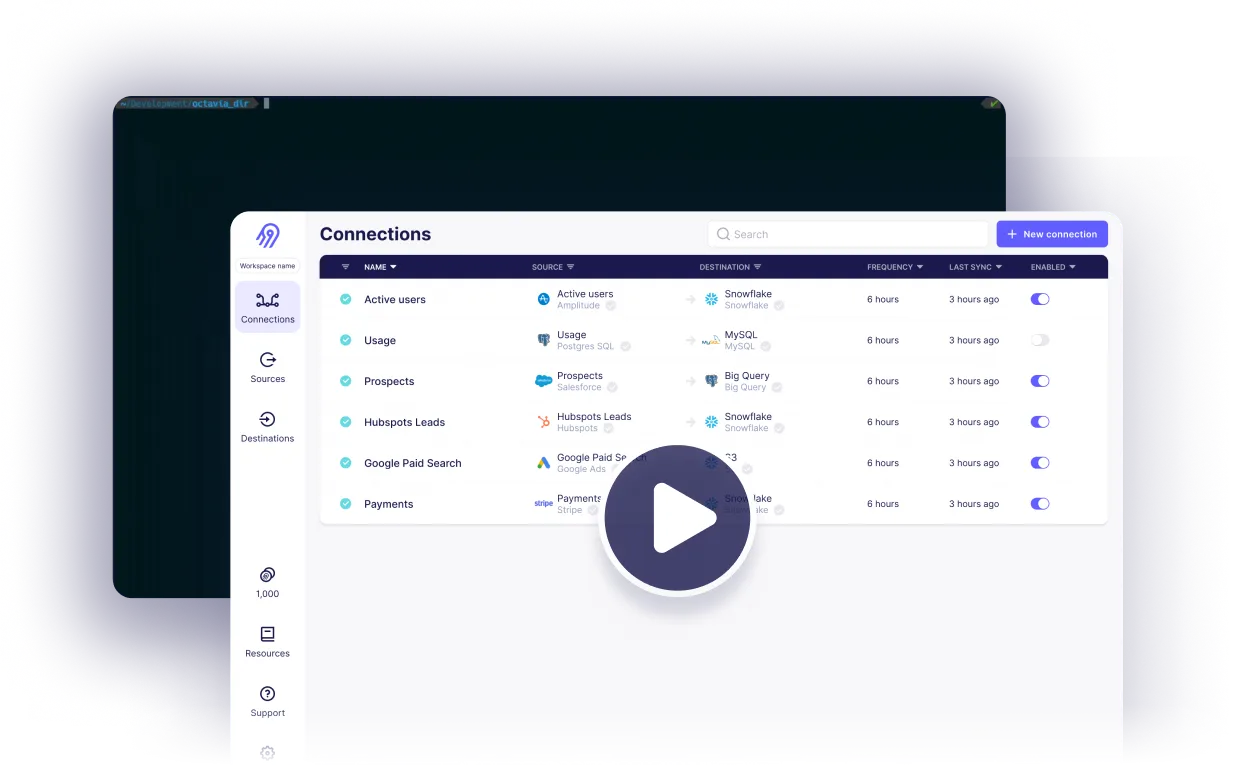
Reliability at every level
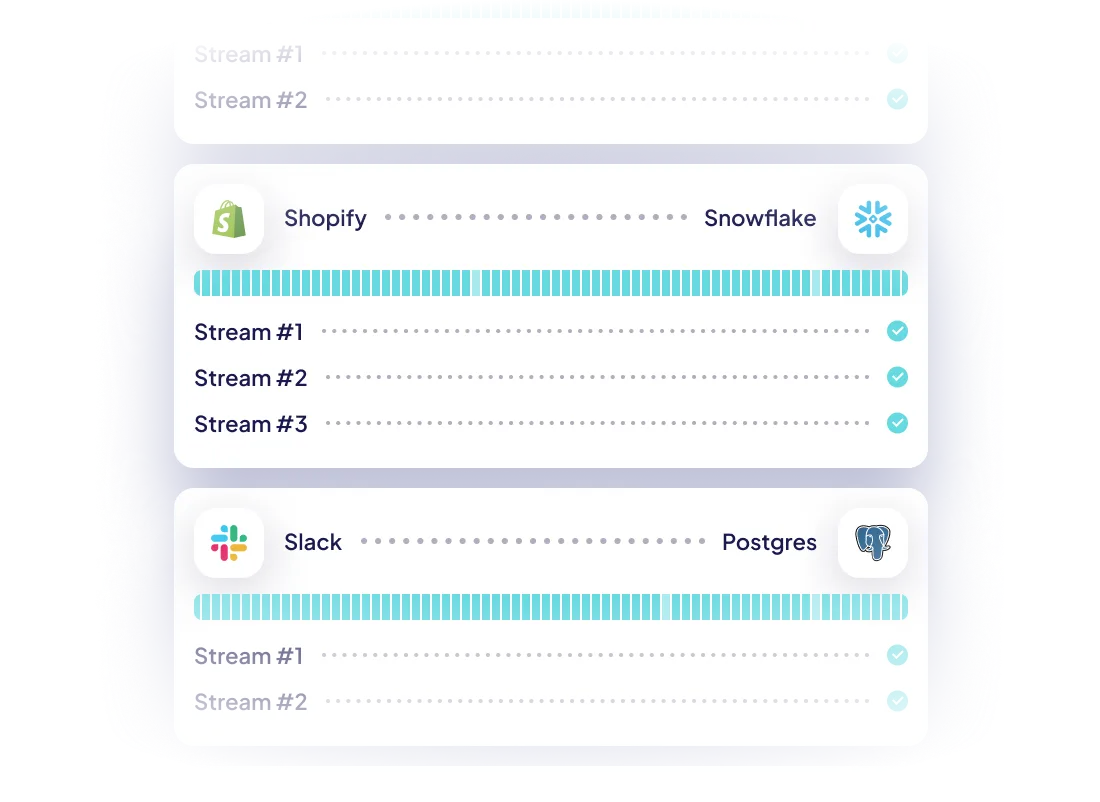


Airbyte Open Source
Airbyte Cloud
Airbyte Enterprise

Why choose Airbyte as the backbone of your data infrastructure?
Keep your data engineering costs in check
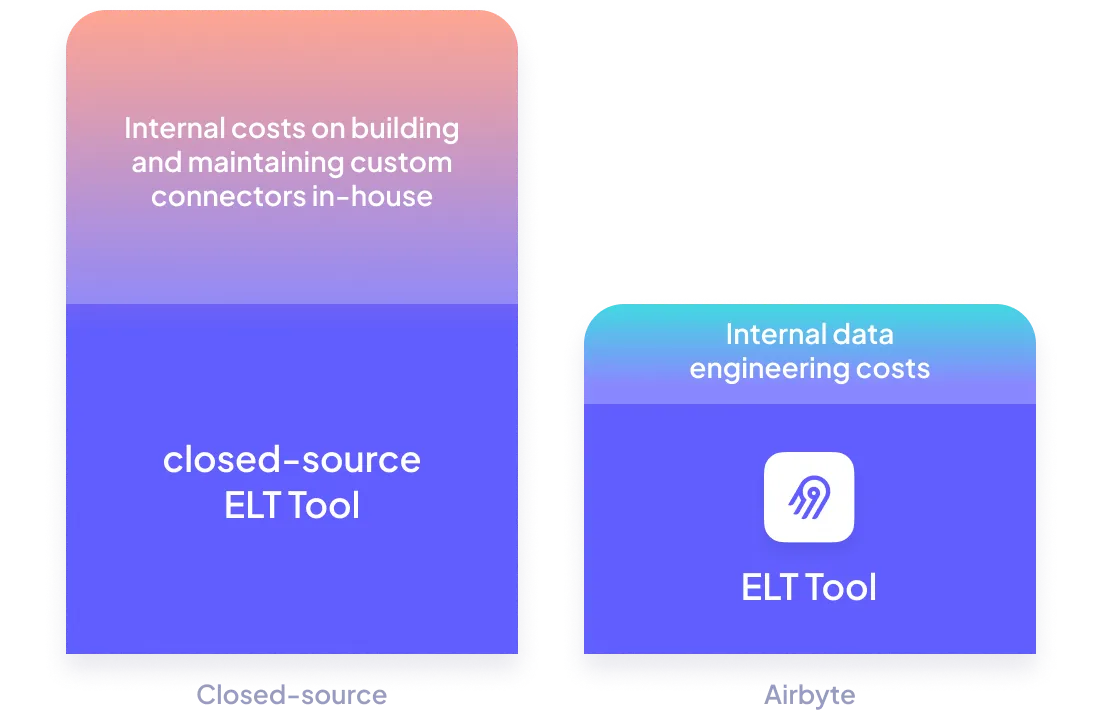
Get Airbyte hosted where you need it to be
- Airbyte Cloud: Have it hosted by us, with all the security you need (SOC2, ISO, GDPR, HIPAA Conduit).
- Airbyte Enterprise: Have it hosted within your own infrastructure, so your data and secrets never leave it.
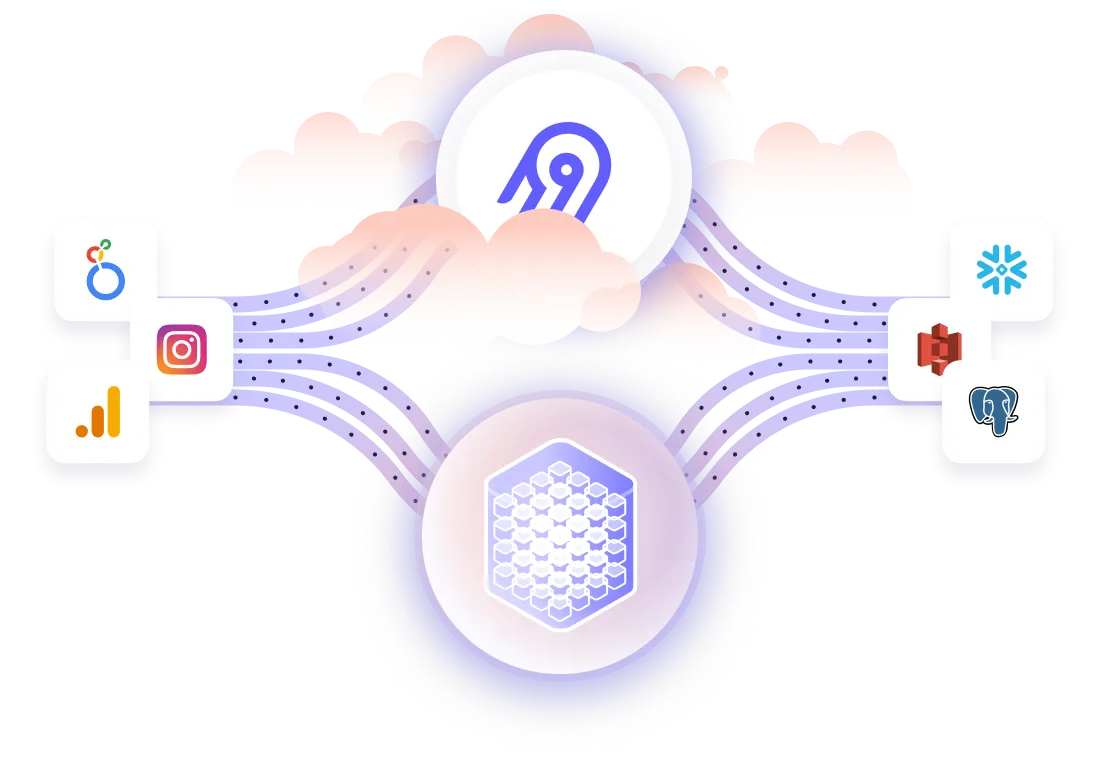
White-glove enterprise-level support
Including for your Airbyte Open Source instance with our premium support.
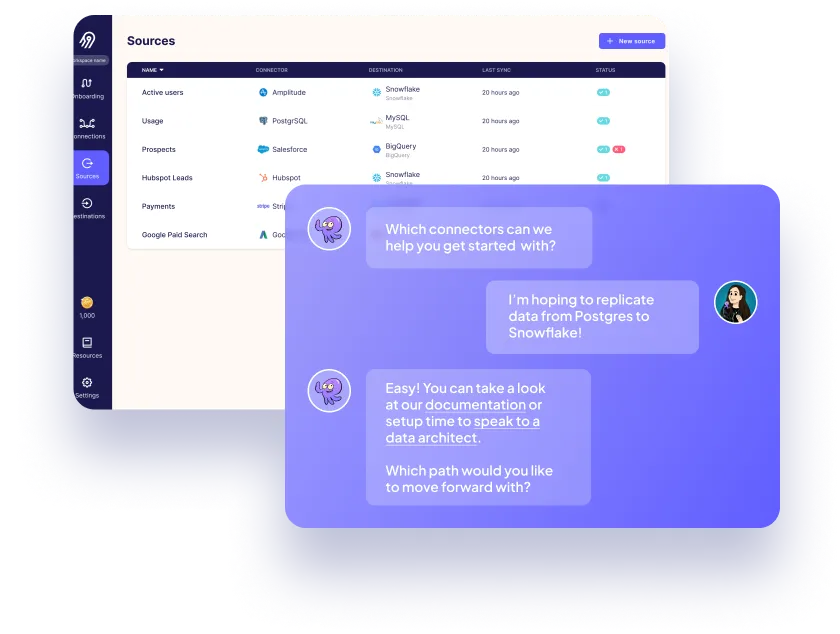

Fnatic, based out of London, is the world's leading esports organization, with a winning legacy of 16 years and counting in over 28 different titles, generating over 13m USD in prize money. Fnatic has an engaged follower base of 14m across their social media platforms and hundreds of millions of people watch their teams compete in League of Legends, CS:GO, Dota 2, Rainbow Six Siege, and many more titles every year.
Ready to get started?
FAQs
What is ETL?
ETL, an acronym for Extract, Transform, Load, is a vital data integration process. It involves extracting data from diverse sources, transforming it into a usable format, and loading it into a database, data warehouse or data lake. This process enables meaningful data analysis, enhancing business intelligence.
Teradata Vantage is a cloud-based analytics platform that enables businesses to analyze large amounts of data in real-time. It combines data warehousing, advanced analytics, and machine learning capabilities to provide a comprehensive solution for data-driven decision-making. Vantage allows users to access and analyze data from multiple sources, including structured and unstructured data, and provides a unified view of the data for better insights. It also offers advanced analytics tools such as predictive modeling, natural language processing, and graph analytics. With Vantage, businesses can make faster and more informed decisions, improve operational efficiency, and gain a competitive edge in their industry.
1. File metadata: The API allows you to extract information about files stored in Google Drive, such as the file name, size, creation date, and modification date.
2. File content: You can extract the content of files stored in Google Drive, such as text, images, and videos.
3. File sharing information: The API allows you to extract information about who has access to a file, including their email addresses and permission levels.
4. User information: You can extract information about the users who have access to a file, such as their email addresses and profile pictures.
5. Folder structure: The API allows you to extract information about the folder structure of a user's Google Drive, including the names and IDs of folders.
6. Revision history: You can extract information about the revision history of a file, including the date and time of each revision and the user who made the revision.
7. Comments: The API allows you to extract information about comments made on a file, including the text of the comment, the user who made the comment, and the date and time of the comment.
8. Activity: You can extract information about the activity on a file, including when it was last viewed, edited, or shared.
What is ELT?
ELT, standing for Extract, Load, Transform, is a modern take on the traditional ETL data integration process. In ELT, data is first extracted from various sources, loaded directly into a data warehouse, and then transformed. This approach enhances data processing speed, analytical flexibility and autonomy.
Difference between ETL and ELT?
ETL and ELT are critical data integration strategies with key differences. ETL (Extract, Transform, Load) transforms data before loading, ideal for structured data. In contrast, ELT (Extract, Load, Transform) loads data before transformation, perfect for processing large, diverse data sets in modern data warehouses. ELT is becoming the new standard as it offers a lot more flexibility and autonomy to data analysts.









